Unpublished Opinions
Clive Doucet is a distinguished Canadian writer and former Ottawa city councillor. He was elected for four consecutive terms from 1997 to 2010 when he retired to run for Mayor. As a city politician he was awarded the Gallon Prize as the 2005 Canadian eco-councillor of the year. He was defeated twice by Jim Watson in 2010 and 2018 when he ran for the Mayor’s chair.
The Watsonics, Part II: Looking back
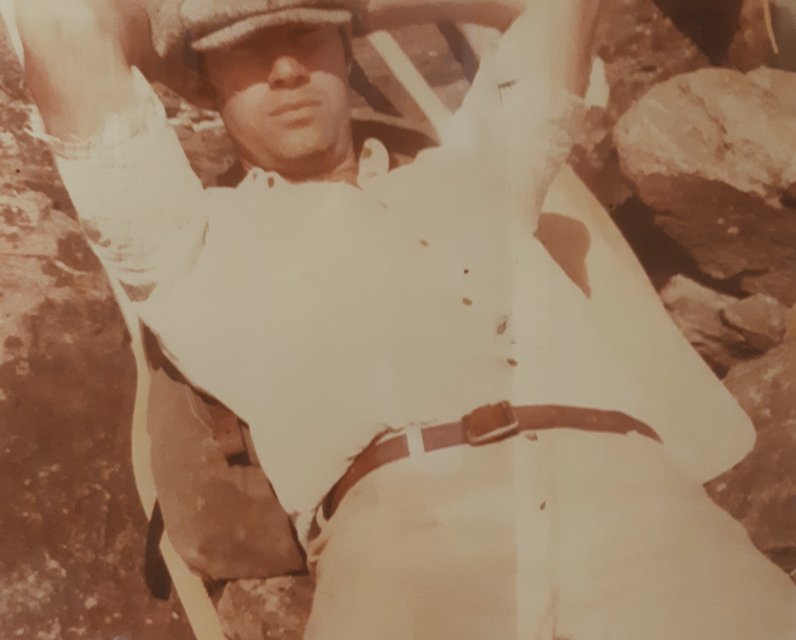
"During the 2006 election campaign, eight years after our first election, Bob Chiarelli turned to me before a public debate and said with quiet but intense passion, 'we’ve got to the corner Clive but we haven’t turned it. We need another 4 years to turn it. We need this election.'" —Clive Doucet
The Ottawa River is one of the largest, grandest rivers on the entire planet. When you look down at the earth from 20,000 feet, you can’t see Parliament Hill or the Nation’s capital, but you can see the Ottawa River. In winter, the waterway curves across the surface of the planet like the seam on a baseball. It is an impressive thing to see from the heavens and it’s easy to imagine why Samuel de Champlain mistook the river for an inland sea that went west all the way to China. There’s more water in the Ottawa and Rideau rivers than all the rivers of Europe put together. The old city was built beside the riverbanks with housing, business, and rail. In my lifetime, all this would change.
I watched this switch physically from my Grade 9 school desk when the City tore up its principal cross-city rail line and replaced it with the asphalt and cement of what would become the 417 network of limited access city roads. Today, it is access to these cement and asphalt rivers that directs the growth of the city, but in my childhood the City’s neighbourhoods were still strung along beside the river like beads on a string from Vanier to Westboro. It was the city’s rivers, the Ottawa and Rideau, and streetcar lines which decided who and what went where. In that world, a Huckleberry Finn summer was still possible.
In Westboro, a gang of us boys would walk lazily down to the river to pass the day there. Sometimes, swimming out to the great log rafts which floated serenely down from the north to feed the hungry pulp mills of the lower Ottawa. These summer rafts were so enormous, they appeared more like wooden islands that had been cut loose from the forest than anything made by humans. You knew you were an important boy when you could swim out to one and pull yourself up on the booms which contained the logs and ride along with the raftsmen. Sitting confidently on the boom’s edge, feet dangling in the water we would wait until the raftsmen roused themselves from their little cabin to chase us back into the water, hollering and laughing as we went.
The more courageous would dive off the old railway bridge and pretend to catch muskellunge with their teeth, which it was rumoured some boy had once done, then sold it in the market for good money.
In the 1950s and 60s, the Nation’s Capital was a larger, but not that different from any of the little river towns which bordered the great river, from Hawkesbury to Pembroke. But it wasn’t until I was grown up and settled with a family of my own next to busy Bronson Avenue that I began to understand the river’s history and importance. It was just the river. The place where I grew up.
I was getting to be known as a writer and Ramsay Derry, a literary friend from Toronto decided it was time that I learned a little about the country’s history from the inside of a canoe instead of a car window. He sent me a book to read called ‘The Canoe and White Water” which gave ABCs of navigating a canoe through rapids. I needed it because despite thinking I knew the river well; I had not paddled a canoe much except in a decorative way on Dow’s Lake.
Ramsay was a different kettle of fish. His father had been a geologist and he had grown up canoeing many of the great rivers of the far north. The Nahanni wasn’t just a mythical name for him, but a river he had paddled. For our first trip, he chose a river much closer to home, the Dumoine, a little tributary of the Ottawa, just a few hours north of the city. I have made longer. bigger trips since that one but it is this little trip on the Dumoine which is graven in my memory like no other.
We obliged to fly in a single engine, float plane from the Ottawa which had all the comfort of flying in an aerial washing machine. The pilot sat almost on top of the engine with nothing but a single prop in front of his nose. Talking required bellowing. As we looked down from the plane at the narrow ribbon of the Dumoine winding through the forest glinting and sparkling in the summer sun, it didn’t look like much of a challenge. I wasn’t sure any book reading was required. I had been expecting something grander and said so. The pilot listened for a bit and then said, ‘‘a couple of weeks ago, I flew some Americans in. They felt the same way.” There was a pause as we waited for him to finish the story and then he said, “I flew them out also. On stretchers.”
We did not say anything further. Despite the warning, at the end of a long, rainy day, tired, we wrapped the canoe around a boulder in some fast-moving water. The river’s current easily flipped the canoe and our canoe, bent and battered floated off down the river. Fortunately, our own bones were still intact, and we went after our lost gear. It was a long, wild process. Exhausted, it was dark before we could set up camp under the wolf howl of a full moon. Dramatic moments, for sure, but it’s not the canoe wreck I remember. It’s the life of the river. I had never been in the forest before where there was no road access, no houses, no cabins, no signs of human habitation, where animals, not humans were dominant. In this world our little two-man adventure wasn’t even a side show. We didn’t matter.
One afternoon, an enormous bear moving silently as a ghost but big as a house trotted silently through the woods parallel to me as I carried the canoe on a portage. If my heart could have stopped, it would have. I was utterly exposed. I carried no weapon. There was no escape, and the bear could have batted me from one end of the portage to the other and snacked on me enroute without incommoding his day. Happily, he just passed silently by.
In the morning, in the mud at the river’s edge, there were always fresh wolf prints. Their size and nearness to the tent was as intimidating as the bear had been. On the river, otters poked their noses up, watching us curiously and sometimes following us like small dogs. I had never seen an otter in the wild before and learned to look for their slides. Fish jumped and the sounds of their splash competed with the sound of our paddles. Everywhere, there was astonishment. I had never seen moose in anything but a cartoon, but suddenly there they were. Two of these giants of the forest grazing quietly in a wetland pasture. We were surrounded everywhere by the squiggling, bleeping of life.
When we finally came out of the forest into the boating busyness of the Ottawa river, for a few moments I was not quite sure where we were. It felt strange as if we had fallen out of Eden. For a few seconds, I had this powerful vision of the magnificence of the Ottawa river before there were roads, farms, towns, cities, pulp and nuclear plants beside it, before modernity began to grasp the river by the throat and squeeze.
My Ottawa political career was informed by that trip in more ways than I can count. I was always thinking of how can we grow the city without grinding the land? How can we live well but without forcing other creatures to live poorly? Curiously, when I reflect on my political career, it feels a lot like remembering that trip on the Dumoine. Both were self-contained worlds, peculiar to themselves, with their own secrets and their own ways, which let few others in.
Over 13 years, I sat through thousands of committee meeting, community meetings, council meetings, coffee shop meetings, meetings, meetings, meetings and saw hundreds of issues, people, projects and reports fly by. Like the river reaches and campsites of the Dumoine a coherent timeline is difficult to recall between the months and years? Did the ice storm start at Christmas,1997 or was it in the New Year? Did I serve only one term before the province amalgamated every municipality in Carleton County into one mega municipality? But like individual moments on the Dumoine individual memories from the political years remain as vivid as if they happened yesterday.
Rob Jellett and I are launching the Hay West Project from the steps of City Hall. No one thought it would work but it did. We sent thousands of hay bales west. Bob Chiarelli and I launching the O-Train light rail project at Carleton University. The whole council is out. Alex Munter, a canny young politician, affixes a handwritten sign on an O-Train door which says ‘Next stop, Kanata’. It’s a great moment. We’re finally bringing rail back to the city. I’m so excited I can barely speak. These are great memories.
Even the smallest projects are fixed in my mind like reconfiguring the Bronson/Carling intersection with Max, a city engineer to make it safer or installing little, public canoe docks in parks along the Rideau River. The people I met during those years remain vivid in memory. Rob Jellett, the city councillor for Cumberland was a mountain of a man with the gentlest of hearts. Bob Chiarelli, the Mayor a smallish man but with rugged tenacity of a checking forward and I don’t always agree, but we understand each other. He had seen the family home torn down in Little Italy for a parking lot which remained in place of where his house had been for years. When I talked about how destructive it was to have so much of the city centre devoted to machine storage, (parking) he listened and when he could he did something about it.
But my dominant memory of those years was not a string of great successes. It’s the feeling of opportunity lost. After the ice storm, it was clear we had to start building the city differently to get it ready for the climate crisis which was already upon us. This meant not just bringing back electric streetcars, but food depots and local food distribution. Depending on just-in-time truck delivery from Toronto when tomatoes grown in greenhouses in Ottawa were shipped to Toronto and back again was crazy. We had lots of ideas and they all seemed possible, and we came within a whisper of success, but ultimately, we failed.
During the 2006 election campaign, eight years after our first election, the Mayor, Bob Chiarelli turned to me before a public debate and said with quiet but intense passion, “we’ve got to the corner, Clive but we haven’t turned it. We need another 4 years to turn it. We need this election.”
I didn’t think he was right. I thought he was being driven by political ego, not reality. I was wrong, except for the very smallest projects like bike lanes in the city centre and small craft docks in parks, all the city major projects, billions and billions in public investment, would all come off the rails. In the case of the light-rail it would be literal. The O-Train would never get to Kanata. Billions would be wasted killing the old project and digging a tunnel which was not needed and would always be problematic given the geology of the estuary at the junction of the Rideau and the Ottawa.
The contract for the cheapest, longest surface city rail line in North America (with Siemens Int.) would be torn up in favour of a spur line along the river and a tunnel to keep downtown streets free for cars. The national competition for the renovation of Lansdowne Park would be abandoned and the park given away. The vision we had of creating tighter, more walkable, transit-based city would be entirely abandoned. Sprawl would take off and the city centre would be butchered.
The mayors who replaced Bob would create a northern version of a Texas high hat city with a spike of high rises at the centre surrounded by a brim of low rise so spread out the only way to serve it would be to build many more limited access highways. Destructive expressways like the Alta Vista with costs per kilometer greater than the St Lawrence Seaway would be revived.
The winner in Texas High Hat is always the developers who make billions on the re-zoning at the city centre and equal amounts on rezoning farmland for low rise in the brim. The specific loser would be Ottawa’s city treasury because what the city gained on taxes in the high-rise re-zoning, it lost on subsidizing services to the brim. The general loser would be community quality of life everywhere.
The most important lesson I would learn from my years as a city councillor was really very simple. Unless the public has a clear vision of what they want their city to look like, the art of the deal and leveraged money will always prevail; and that’s what has been governing Ottawa since 2008. The mayors have been little other than graceful waiters for the land development industry. An urban commentator writing in the Globe finished a year end round up in 2009 with these words about Lansdowne: “No design competition. No civic aspirations for the site. Ottawa has been robbed.”
The Lansdowne mess would just be the start. It would cost the city millions and the back rooms of the Watsonic years weren’t even rolling yet. It still grates on my soul because the park came to symbolize in my mind how we had failed to protect communities from over-development and to create a more sustainable city with street rail. Bob Chiarelli has never admitted it to me but I’m sure he feels the same way about his own role. Why else would he have run for Mayor in his eighties?
Clive Doucet served as Capital Ward’s City Councillor from 1997 to 2010. He ran for Mayor twice in 2010 and 2018. His last book is Grandfather’s House, Returning to Cape Breton. The Watsonics is a nine part political memoir being published in instalments, here first on Unpublished.ca.
More in this series...
The Watsonics, Preface: A hard slap >
The Watsonics, Part I: Walking Through the Door >
The Watsonics, Part III(a): Battle at the Ol' Cattle Castle >
The Watsonics, Part III(b): Amalgamation Squashes Democracy >
The Watsonics, Part IV: Grandfather's Farm >
The Watsonics, Part V: Reality Vs. Idealism >
The Watsonics, Part VI: Ottawa—A Reflection Of Ancient Uruk In Canada >

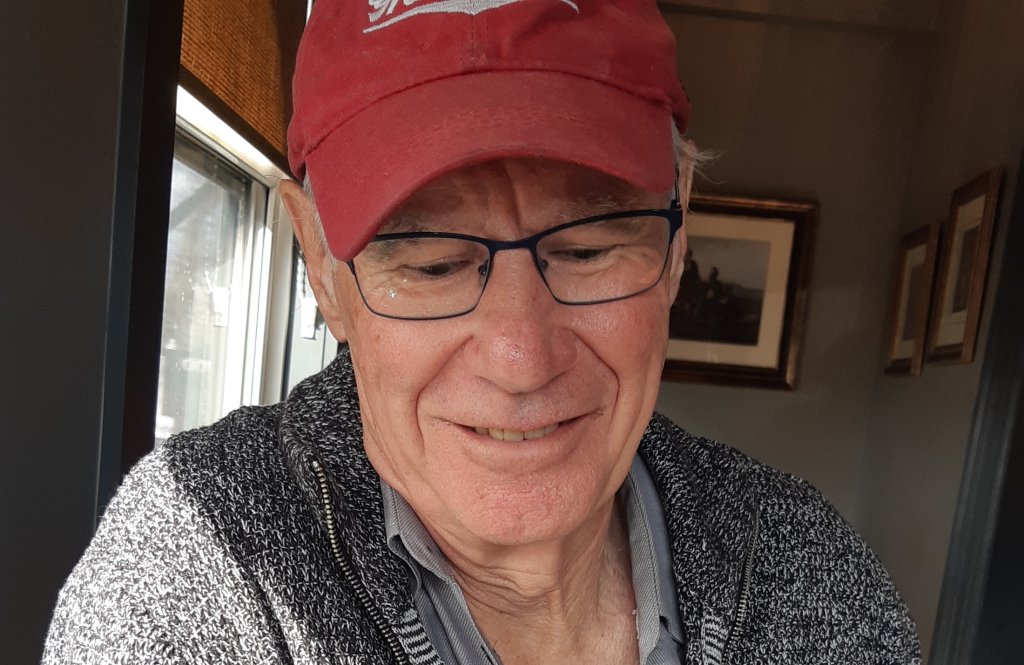
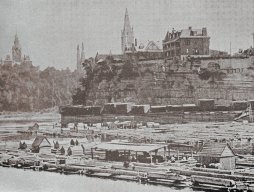
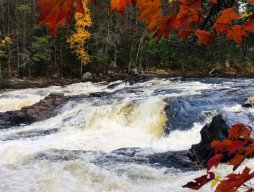
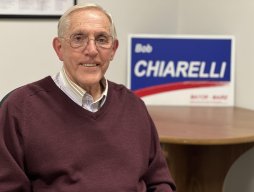

Comments
Be the first to comment